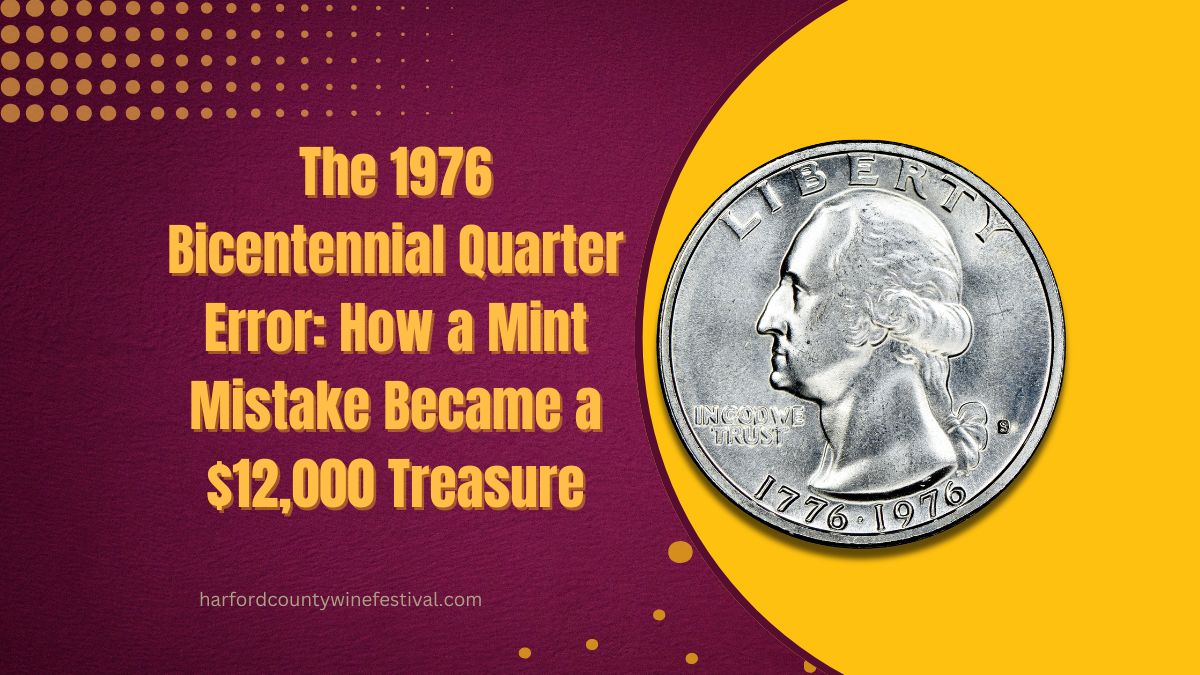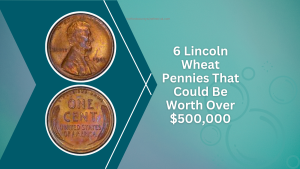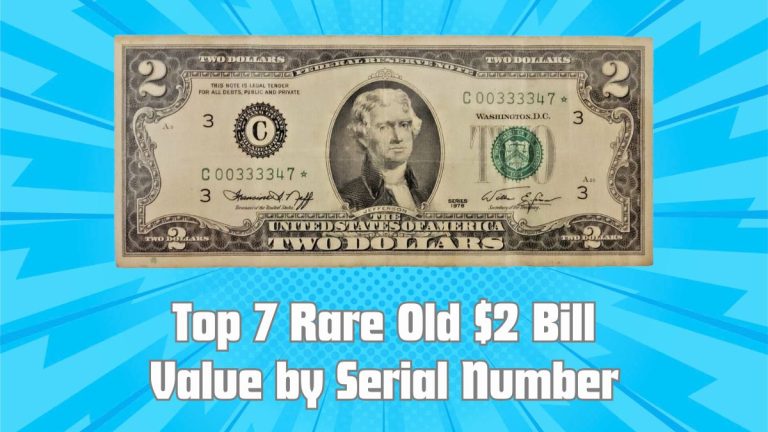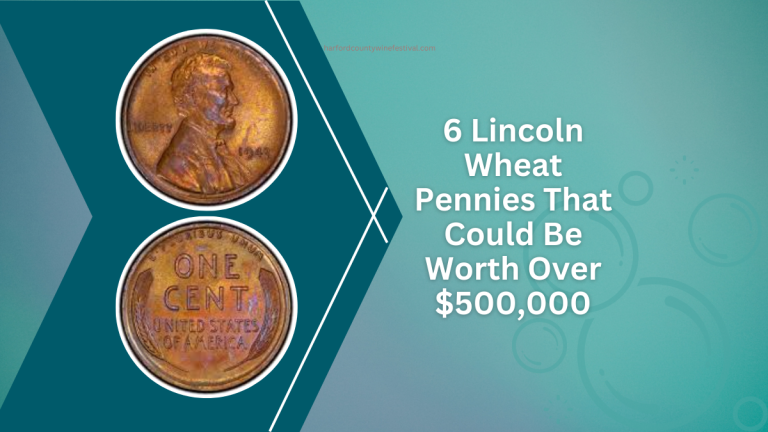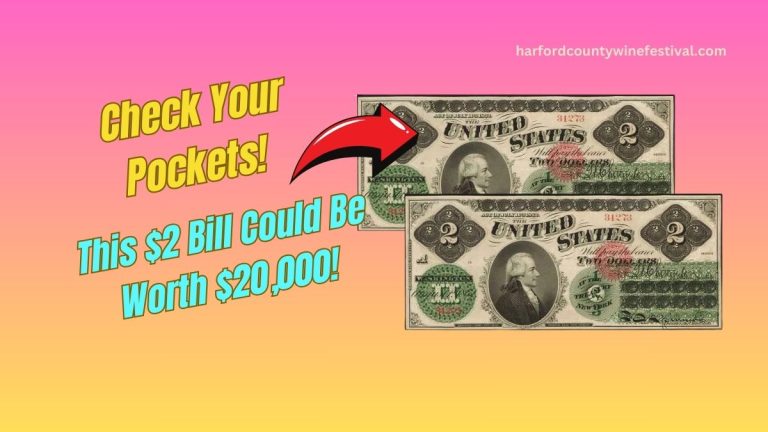The 1976 Bicentennial Quarter holds a special place in American numismatic history, commemorating the 200th anniversary of the United States’ independence. While millions of these quarters were minted, specific errors have transformed some into highly coveted collector’s items, with values soaring up to $12,000.
A Brief History of the Bicentennial Quarter
In 1973, Congress authorized the redesign of the quarter, half dollar, and dollar to celebrate the nation’s Bicentennial. The U.S. Mint held a national competition for the new designs, and Jack L. Ahr’s depiction of a colonial drummer was selected for the quarter’s reverse, replacing the traditional eagle.
The obverse retained the familiar portrait of George Washington but featured the dual date “1776–1976.” Production began in 1975, and notably, no quarters bear the date 1975; all produced during this period are dated 1776–1976.
Minting Errors and Their Impact on Value
While most Bicentennial Quarters are familiar, certain minting errors have rendered some examples exceptionally valuable. These errors, often the result of mishaps during the minting process, are highly sought after by collectors.
Types of Notable Errors
- Wrong Planchet Errors: These occur when a coin is struck on a planchet (the blank metal disc) intended for a different denomination. For instance, a 1976 Bicentennial Quarter struck on a cent planchet resulted in a coin that is smaller and lighter than standard, significantly increasing its rarity and value.
- Off-Center Strikes: This error happens when the coin is not properly aligned during striking, causing the design to be imprinted off-center. The degree of the off-center strike can vary, with more dramatic misalignments generally being more valuable.
- Double Strikes: A coin that is struck more than once can exhibit overlapping images, known as doubling. This error can affect either the obverse, reverse, or both sides of the coin.
- Clipped Planchets: These errors occur when the planchet is improperly cut, resulting in a coin with a missing portion or “clip.”
Valuation of Error Coins
The value of a Bicentennial Quarter error coin depends on several factors, including the type of error, its visibility, the coin’s condition, and its rarity. For example, a 1976 Bicentennial Quarter struck on a cent planchet (wrong planchet error) graded MS63 by PCGS sold for $1,920. Another example is a 1976-S Bicentennial Quarter struck on a silver half-dollar planchet, which fetched $18,000 at auction.
Identifying Valuable Error Quarters
Collectors should pay close attention to the following features when identifying potential error coins:
- Weight: Standard Bicentennial Quarters weigh 5.67 grams. A significant deviation from this weight could indicate a wrong planchet error.
- Alignment: Examine the coin for off-center designs or doubling of images and inscriptions.
- Edges: Look for irregularities such as clips or unusual shapes that deviate from the standard reeded edge.
Notable 1976 Bicentennial Quarter Errors and Their Approximate Values
| Error Type | Description | Approximate Value Range |
|---|---|---|
| Wrong Planchet | Struck on a planchet intended for another denomination | $1,000 – $18,000 |
| Off-Center Strike | Design struck off-center due to misalignment | $100 – $500 |
| Double Strike | Coin struck multiple times, causing overlapping images | $100 – $1,000 |
| Clipped Planchet | Coin with a portion missing due to improper planchet cutting | $50 – $200 |
Note: Values are approximate and can vary based on the coin’s condition, rarity, and market demand.
Preservation and Grading
The condition of an error coin significantly influences its value. Coins are graded on a scale from 1 to 70, with higher numbers indicating better preservation. Uncirculated coins with minimal wear (grades MS60 and above) are particularly desirable. Professional grading services can provide an accurate assessment of a coin’s condition and authenticity, which is crucial for high-value error coins.
The 1976 Bicentennial Quarter serves as a cherished memento of America’s 200th anniversary. However, certain minting errors have elevated some of these coins from common keepsakes to valuable treasures worth thousands of dollars. Collectors and enthusiasts should remain vigilant for these rare anomalies, as discovering one could indeed be a lucrative find.
FAQs
What makes a 1976 Bicentennial Quarter valuable?
While most are common, quarters with minting errors such as wrong planchet strikes, off-center designs, or double strikes are highly valuable.
How can I identify a wrong planchet error?
Check the coin’s weight and size; significant deviations from the standard 5.67 grams and 24.3 mm diameter may indicate a wrong planchet.
Are all 1976 Bicentennial Quarters with errors valuable?
Not all errors are valuable; the rarity and visibility of the error, along with the coin’s condition, determine its value.

